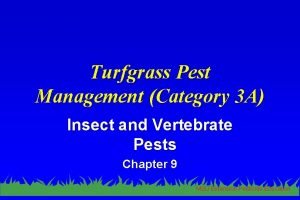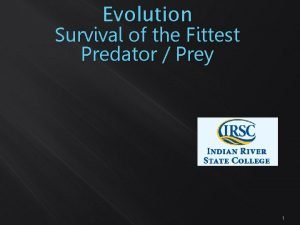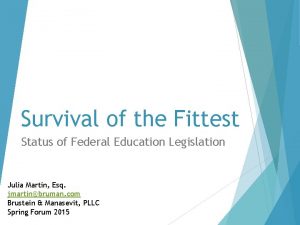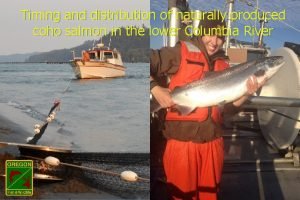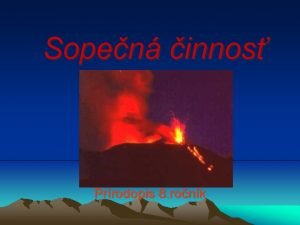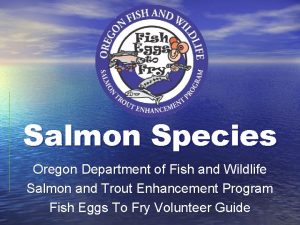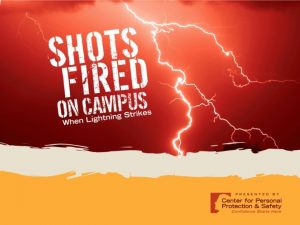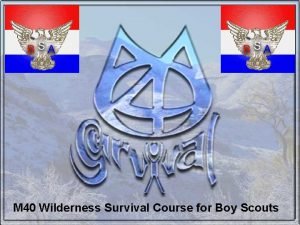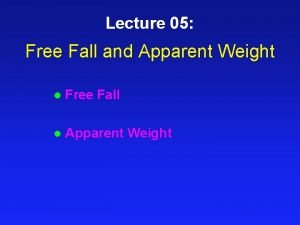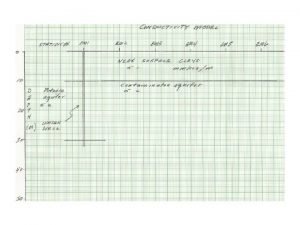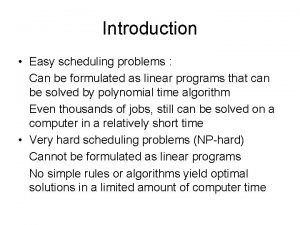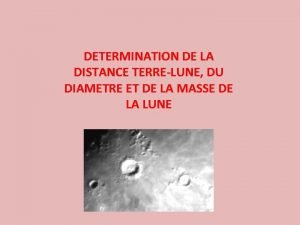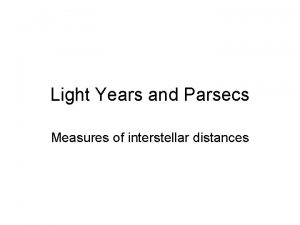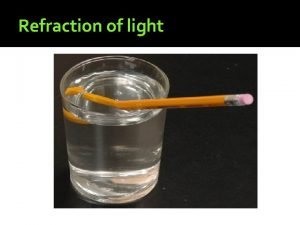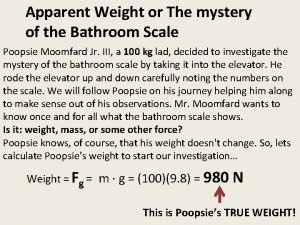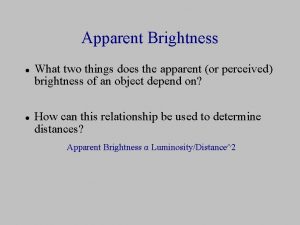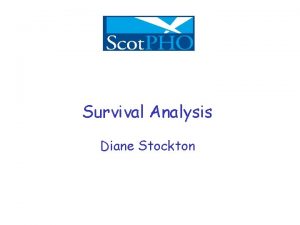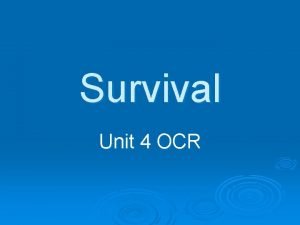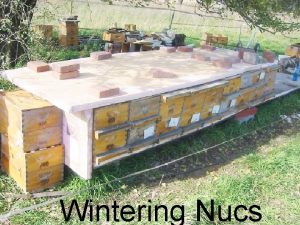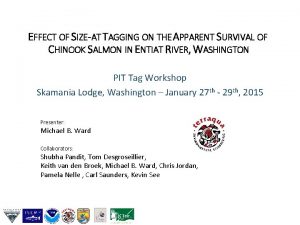Apparent overwinter survival of juvenile coho in three





























- Slides: 29

Apparent over-winter survival of juvenile coho in three tributaries to the lower Columbia River Trevor Johnson, Mara Zimmerman, Matthew Sturza, Patrick Hanratty Washington Department of Fish and Wildlife Fish Ecology Life Cycle Monitoring Unit PIT Tag Workshop, Stevenson, Washington January 27 -29, 2015

Acknowledgements Intensively Monitored Watershed Committee • Joseph H. Anderson - WDFW • Eric Beamer – SRSC • Robert E. Bilby – Weyco • William J. Ehinger – WA ECY • Correigh Greene – NOAA • Kirk Krueger – WDFW • Mike Mc. Henry – LEKT • Timothy Quinn – WDFW • Phil Roni – NOAA Collaboration and Funding • Jason Walter & crew – Weyco • Abernathy Fish Technology Center (USFWS) • Jamie Lamperth – GIS • Salmon Recovery Funding Board (funding) WDFW Data Collection • Brad Allen • Samantha Coty • Kelly Kiyohara • Nathan Miller • Steve Wolthausen

Intensively Monitored Watershed (IMW) program in western Washington (Bilby et al. 2005) • Four complexes (3 stream, 1 estuary) with paired reference and treatment watersheds • Baseline monitoring began in 2005 (prerestoration) • Goal is to document and explain fish responses to restoration.

• Mill, Abernathy and Germany Creeks • Tributaries to Columbia River • • Small streams Stay cool through summer Low gradient Active logging in headwaters of all 3 watersheds

Apparent Overwinter Survival Spring smolt estimate Summer Parr estimate

Focus on juvenile coho salmon apparent overwinter survival and movement • Compare apparent overwinter survival among watersheds • Identify factors contributing to apparent overwinter survival – Population level (parr density) – Individual level (summer fork length, summer location) • Compare fall versus spring movement

Focus on juvenile coho salmon apparent overwinter survival and movement • Compare apparent overwinter survival among watersheds • Identify factors contributing to apparent overwinter survival – Population level (parr density) – Individual level (summer fork length, summer location) • Compare fall versus spring movement

Apparent overwinter survival methods • Petersen mark-recapture estimator for both estimates • Smolt estimate (spring) • Parr estimate (summer) • Apparent overwinter survival = spring smolt estimate/summer parr estimate


Apparent overwinter survival among watersheds

Focus on juvenile coho salmon apparent overwinter survival and movement • Compare apparent overwinter survival among watersheds • Identify factors contributing to apparent overwinter survival – Population level (parr density) – Individual level (summer fork length, summer location) • Compare fall versus spring movement

Density dependence in apparent overwinter survival

Focus on juvenile coho salmon apparent overwinter survival and movement • Compare apparent overwinter survival among watersheds • Identify factors contributing to apparent overwinter survival – Population level (parr density) – Individual level (summer fork length, summer location) • Compare fall versus spring movement

What factors contribute to apparent overwinter survival? (AIC model selection) Detections(Y/N) ~ Year + Watershed + Fork Length + Distance + Watershed*Fork Length + Watershed*Distance HA: Survival & detection probability differ among years HA: Survival & detection probability differ among watersheds HA: Survival depends on fish length. HA: Survival depends on summer rearing distance from the estuary HA: Relationship of length to survival differs among watersheds HA: Relationship between rearing location and survival differs among watersheds.

What factors contribute to apparent overwinter survival? (AIC model selection) Detections(Y/N) ~ Year + Watershed + Fork Length + Distance + Watershed*Fork Length + Watershed*Distance HA: Survival & detection probability differ among years HA: Survival & detection probability differ among watersheds HA: Survival depends on fish length. HA: Survival depends on summer rearing distance from the estuary HA: Relationship of length to survival differs among watersheds HA: Relationship between rearing location and survival differs among watersheds.

Summer fork length and apparent overwinter survival 300% 125% 500%

What factors contribute to apparent overwinter survival? (AIC model selection) Detections(Y/N) ~ Year + Watershed + Fork Length + Distance + Watershed*Fork Length + Watershed*Distance HA: Survival & detection probability differ among years HA: Survival & detection probability differ among watersheds HA: Survival depends on fish length. HA: Survival depends on summer rearing distance from the creek mouth HA: Relationship of length to survival differs among watersheds HA: Relationship between rearing location and survival differs among watersheds.

Summer rearing location and apparent overwinter survival 75% 30% 400%

The smaller the creek the higher the survival Mill Creek Proportion of tag group detected 10. 00% 8. 00% 6. 00% Main stem sites 4. 00% 2. 00% 0. 00% Abernathy Creek Proportion of tag group detected 6. 00% 5. 00% 4. 00% Tributary sites 3. 00% 2. 00% 1. 00% 0. 00% Germany Creek Proportion of tag group detected 4. 00% 3. 00% 2. 00% 1. 00% 0. 00% Tagging sites from lowest to highest in watershed

Focus on juvenile coho salmon apparent overwinter survival and movement • Compare apparent overwinter survival among watersheds • Identify factors contributing to apparent overwinter survival – Population level (parr density) – Individual level (summer fork length, summer location) • Compare fall versus spring movement

Could fall migration contribute to apparent overwinter survival in Abernathy Creek? Year round Spring

Fall versus spring movement at Abernathy Creek array (rkm 3) 300 Spring Fall 250 Count 200 150 100 50 0 8 Tagging 9 10 11 12 1 2 Month 3 4 5 6 7

Which direction are juvenile coho moving in the fall? Upstream Movements 300 250 200 Count Downstream Movements 150 100 50 50 0 0 8 9 10 11 12 1 2 Month 3 4 5 6 7

Factors contributing to spring versus fall downstream movement in Abernathy Creek Spring movers more likely to be detected coming from Higher in the watershed and Tributaries Fall movers more likely to be detected coming from Lower main stem Larger fish were more likely to be detected

Summary • Apparent overwinter survival is a combined measure of survival and fish overwintering in their natal tributary • Larger fish survive better than smaller fish (fall & spring migrants) • Fall migrants come from lower in the watershed and spring migrants come from headwaters & tributaries

Discussion • Fall coho movement also reported on Strait of Juan De Fuca IMW • Longer fish (summer) have higher survival • Further distance from estuary and smaller streams have higher survival

Discussion continued • What happens to fall migrants? • Implications for restoration activities – Summer growth (structural complexity? ) – Overwinter habitat (tributaries)

Extra slides

Annual tagging effort in each watershed
 Turfgrass pest management
Turfgrass pest management State of survival survival of the fittest stages
State of survival survival of the fittest stages State of survival survival of the fittest tweak
State of survival survival of the fittest tweak Pacemaker coho
Pacemaker coho Z čoho sa skladá kompas
Z čoho sa skladá kompas žiarovka a jej objavenie
žiarovka a jej objavenie Zloženie počítača
Zloženie počítača Lokál predložky
Lokál predložky Z coho sa sklada sopka
Z coho sa sklada sopka Veta slovo slabika hláska
Veta slovo slabika hláska Vyparovanie a var
Vyparovanie a var Salmon scientific name
Salmon scientific name Z coho sa sklada pc
Z coho sa sklada pc Survival mindset 3 components
Survival mindset 3 components Wilderness survival rule of 3
Wilderness survival rule of 3 Actual and apparent position of gingiva
Actual and apparent position of gingiva Pharmacology basics
Pharmacology basics Apparent position
Apparent position Pressure in fluids
Pressure in fluids Apparent weight formula
Apparent weight formula Apparent weight
Apparent weight Classical vs operant
Classical vs operant Resistivity unit
Resistivity unit Apparent tardiness cost
Apparent tardiness cost Parallax shift definition
Parallax shift definition Diamètre apparent
Diamètre apparent Apparent magnitude equation
Apparent magnitude equation Total internal reflection in diamond
Total internal reflection in diamond Real limits vs. apparent limits
Real limits vs. apparent limits Fbd breaks
Fbd breaks
